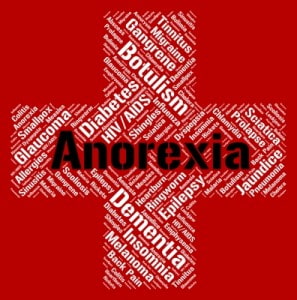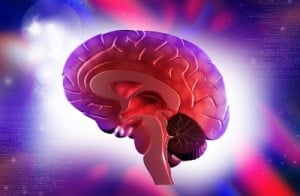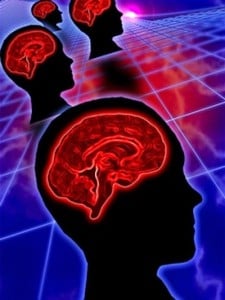What is Anorexia?
Anorexia nervosa is an eating disorder characterized by self imposed starvation and unhealthy, excessive weight loss. Anorexia is considered extremely dangerous, as it is a life-threatening disorder.
Between 5%-20% of those struggling with anorexia will die as a result of starvation, establishing it as one of the highest death rates related to mental health conditions. In fact, anorexia is the most common cause of death of women ages 15-24.
Anorexia affects many people across the board, however it is most commonly seen beginning in teenage years. An estimated 90%-95% of anorexia sufferers are women, however men are also affected. Anorexia is the result of a greater underlying issue linked with additional mental health disorders and concerns, such as depression, anxiety, and OCD.
Between 5%-20% of those struggling with anorexia will die as a result of starvation, establishing it as one of the highest death rates related to mental health conditions.









